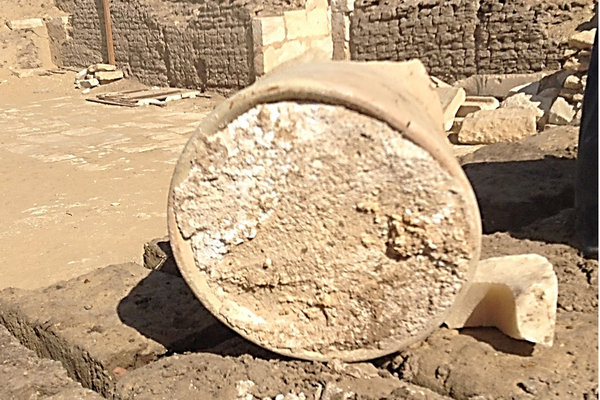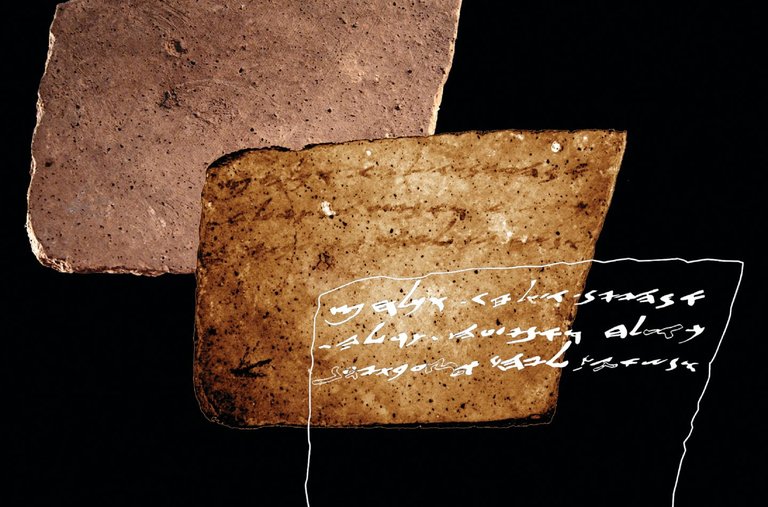Researchers exploring an archaeological site in Austria have found three pieces of 3,000-year-old charred bread that look suspiciously like the remains of little bagels.
They are not complete rings — only parts of what were once ring-shaped pieces of dough. They were made from finely ground flour, but the scientists are not ready to claim that they have found the ur-bagel.
[Like the Science Times page on Facebook. | Sign up for the Science Times newsletter.]
The site covers 54 acres near the Slovakian border, and consists of an elevated Bronze Age fortification and surrounding settlements that flourished around 1500 to 500 B.C. The area had been excavated continuously from 1969 to 1989, and researchers uncovered about 100 pits apparently used for the storage of grain and other objects; three of the pits contained human remains.
The archaeologists also found ovens and vessels containing a variety of edible plants, including barley, wheat and corn millet, and some food or foodlike preparations, including the three charred “bagels” made from a wet cereal mixture.
The rings, which date from around 960 to 900 B.C., were about an inch to an inch and a half in diameter when they were whole. Only pieces remain. They contain hulled barley, wheat and possibly other cereal remains. Judging from the size of the grains, the team concludes that they were made from carefully processed flour.
The rings were formed with uncooked dough and baked at low temperature or air-dried. The maker probably rolled the material into a tube and then connected the ends, although the researchers could find no evidence of a connecting point.
The bread was excavated along with large quantities of other artifacts in the late 1970s, but scientists only recently acquired the funding to pay for analysis of the material.
The lead author of the study, Andreas G. Heiss, a postdoctoral fellow at the Austrian Archaeological Institute, said that food remains of this age are rare, for the obvious reason that they quickly deteriorate.
But ring-shaped breads have been found at one site in Switzerland dating from around 12,000 years ago, another in Italy at a site from the Hellenic period around 300 to 30 B.C., and some in Viking graves in Sweden dating to around 800 A.D.
Whether the rings were meant for eating or for a ritual purposes, or for both, is not known. But, Dr. Heiss said, “These must have been important in some way. This is very fine quality flour, shaped very carefully, made with special ingredients. This is not what you would see in ordinary foods, and not like the foods we usually find.”
The special shape of the breads, which requires more time and effort, also suggests that they were in some way extraordinary.
The authors, writing in PLOS One, draw an analogy to modern dough rings — Italian taralli and Russian sushki, for example. And, to be sure, they do not ignore the similarity to bagels.
But, Dr. Heiss said, the analysis could detect no evidence of “intentionally added condiments,” no trace of salt or dairy products.
So anyone looking for 3,000-year-old cream cheese or smoked salmon in proximity to these bagels will be bitterly disappointed.







